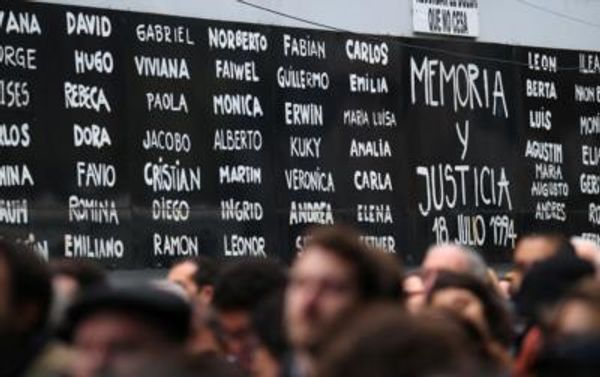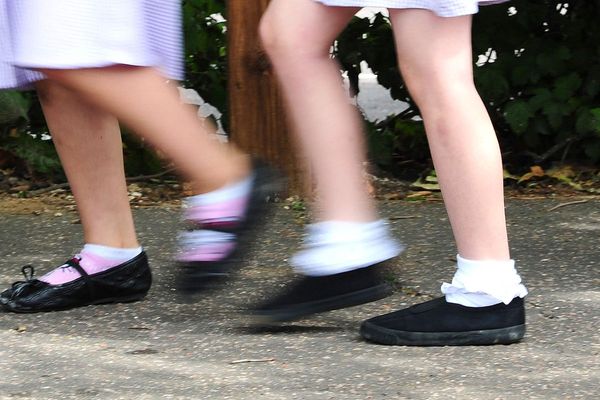
The north-east of England has the highest rate of child poverty of anywhere in the UK, for the first time overtaking London as the nation’s hotspot for hardship and deprivation, new analysis shows.
Although the latest UK-wide figures show child poverty rates overall fell slightly in the first year of the pandemic due to the temporary £20 weekly uplift to universal credit, detailed breakdown shows child poverty continued to rise in areas like Sunderland, Newcastle and Middlesbrough.
End Child Poverty, a coalition of poverty charities that published the analysis, called for a new national poverty strategy, warning that UK child poverty rates were “on the edge of a precipice” and will rise sharply as a result of the removal of the £20 uplift last October.
Although the government’s cost of living support package announced one-off payments of at least £1,200 to low-income families this year, the coalition believes these temporary measures will only partly remedy dramatic increases in energy bills and food prices.
The first tranche of a £650 payment to low-income families in receipt of universal credit, job seeker’s allowance and other benefits is due to be paid over a two-week period starting from Thursday.
Energy prices are expected to soar in the autumn, with the price cap on track to rise to £3,244 a year in October, and to £3,363 a year in January. The current cap, already at record levels, is at £1,971.
Child poverty rates also rose in Wales, up to 34% in 2020-21 compared with 31% the year before the pandemic. This compared with an England average of 29% (30% in 2020-21), 21% in Scotland (24%) and 24% in Northern Ireland (24%). The UK average was 27%.
The increase in child poverty in the north-east and Wales was attributed partly to the higher numbers of households receiving benefits under the old “legacy system”, rather than universal credit. These households were excluded from the £20 uplift.
“Rather than being levelled up, it’s clear that inequalities for children and young people across the north-east are widening even further – and this must surely act as a serious wake-up call for both the current and incoming government about the scale and urgency of the child poverty crisis we face,” said Anna Turley, chair of the North East Poverty Commission.
The north-east has seen a precipitous shift in child poverty in recent years. In 2014, rates were at 26%, the joint second-lowest in England. The most recent figures show 38% of children in north-east England lived below the poverty line during 2020-21, up from 37% the previous year.
The 11 local authority areas in the UK with the biggest rises in child poverty over the last six years were all from the north-east of England, with Newcastle upon Tyne, Redcar and Cleveland, Gateshead and Middlesbrough recording significant increases.
At least 40% of children are growing up poor in a third of the region’s parliamentary constituencies, including “red wall’ constituencies that voted Conservative in 2019 – Redcar (41%) and Bishop Auckland (40%).
Nationally, the highest rates of poverty continue to be in big cities, with Tower Hamlets in London continuing to record the highest rate of child poverty in the UK at over 51% in 2020-21, down from 56% in 2019-20. The parliamentary seat with the highest child poverty rate is Bethnal Green and Bow (56%).
Last week, a cross-party coalition on poverty was established, chaired by Tory peer Lady Stroud, who said a new plan was needed as the “poverty levels of this country are too high and the government doesn’t have a strategic approach to tackling poverty”.
The shadow welfare secretary, Jonathan Ashworth, said: “As the cost of living crisis becomes more painful the desperation facing families is set to worsen. But instead of offering solutions, a parade of Tory leadership candidates are promising billions in unfunded tax cuts that risk deep swingeing cuts to universal credit, pushing even more children into poverty.”
A government spokesperson said: “The latest figures show there were 500,000 fewer children in absolute poverty after housing costs than in 2009/10. But we recognise people are struggling with rising prices which is why we are protecting the 8 million most vulnerable families with at least £1,200 of direct payments, starting this week.
“Through our £37bn support package we are saving the typical employee over £330 a year through a tax cut this month, allowing people on universal credit to keep £1,000 more of what they earn, and in April we significantly increased the ‘National Living Wage’ to £9.50, the largest ever rise.”







